Email Settings: 5 Quick Steps
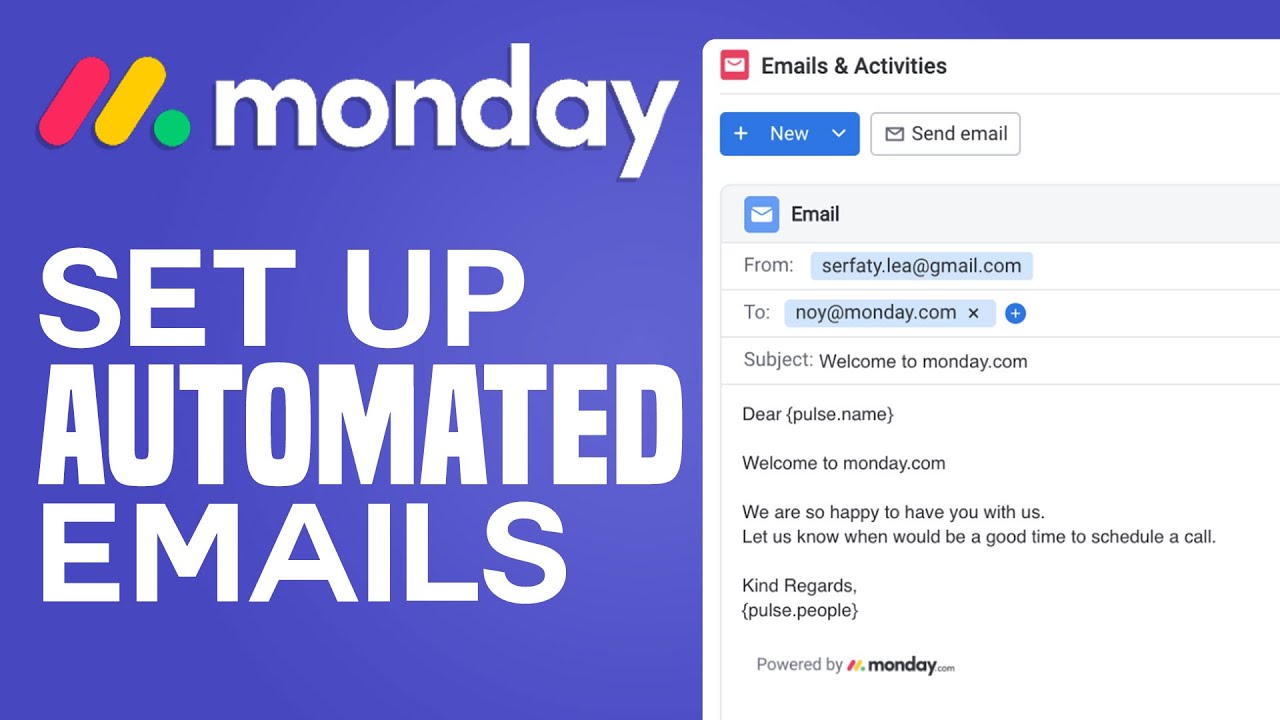
In today's digital age, email has become an essential communication tool for both personal and professional use. With the abundance of email clients and devices, managing your email settings is crucial to ensure a seamless and personalized experience. Whether you want to enhance your productivity, improve security, or simply customize your email preferences, these five quick steps will guide you through the process.
Step 1: Access Your Email Settings
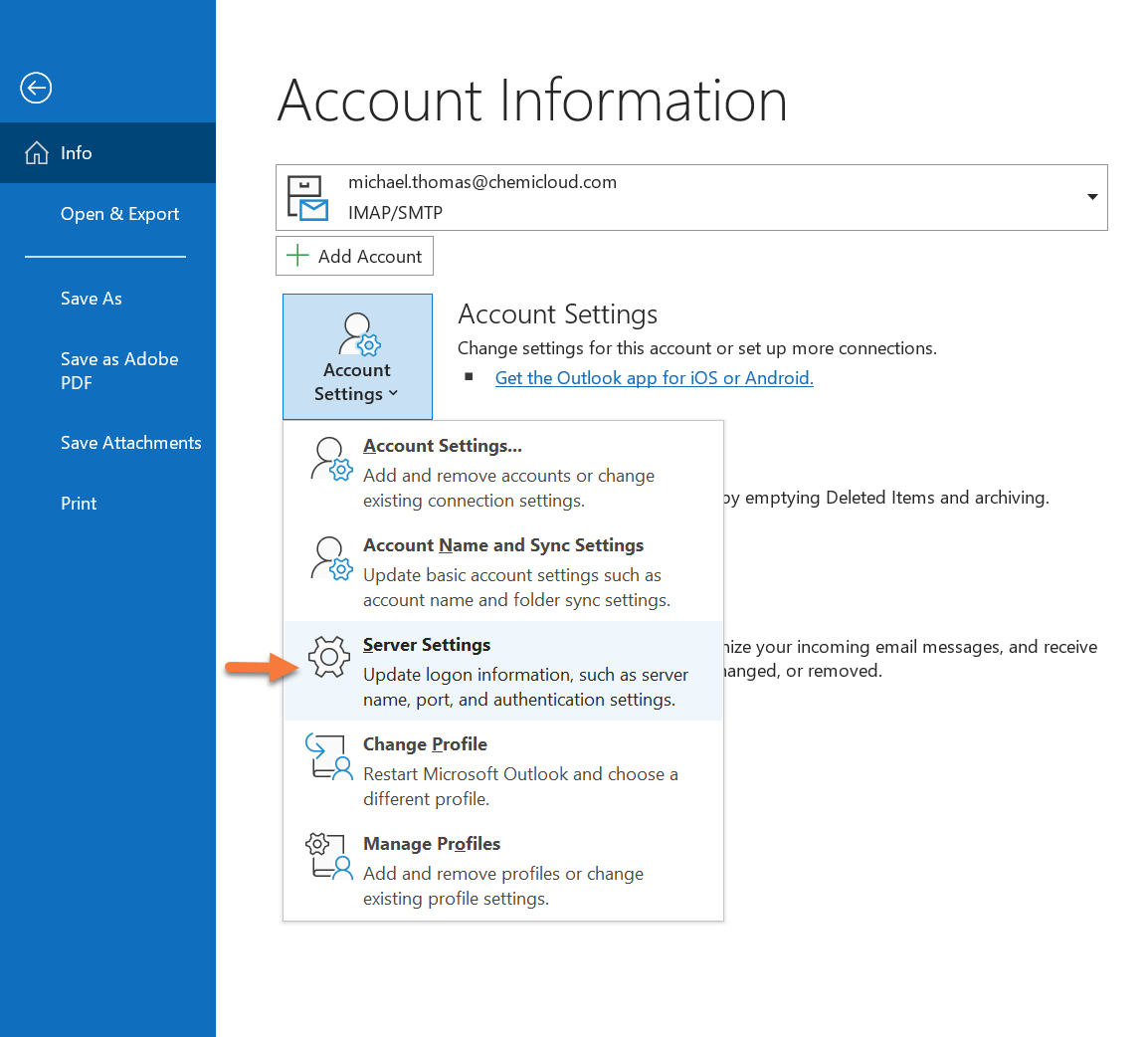
The first step is to locate and access the settings menu of your email client. This process may vary depending on the platform you use. For instance, if you are using a web-based email service like Gmail, you can usually find the settings icon in the top right corner of your inbox. It often appears as a gear or a similar icon.
Once you click on the settings icon, you will be directed to a settings dashboard. This dashboard is your central hub for managing various aspects of your email account. Here, you can customize your preferences, manage security features, and control the overall functionality of your email client.
Web-Based Email Services
If you use a popular web-based email service like Gmail, Outlook, or Yahoo Mail, the settings menu is typically well-organized and user-friendly. You can easily navigate through different sections, such as “General Settings,” “Account Settings,” “Security & Privacy,” and more. These sections allow you to make changes to your email signature, set up auto-replies, manage email filters, and adjust notification preferences.
Email Clients on Devices
For those who use email clients on their devices, such as Apple Mail or Microsoft Outlook, the process of accessing settings may differ slightly. On Apple Mail, you can access settings by clicking on the “Mail” menu in the top left corner of your screen and selecting “Preferences.” For Microsoft Outlook, you can find the settings by clicking on the “File” tab and selecting “Options.”
Step 2: Customize Your Email Signature
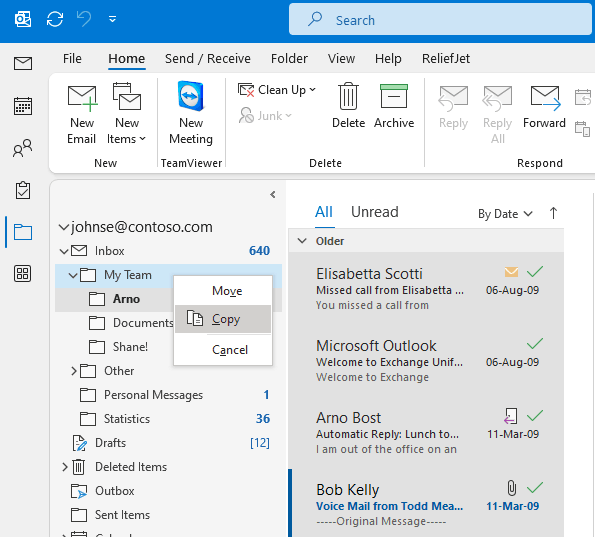
A professional and personalized email signature can leave a positive impression on your recipients. It adds a touch of personalization to your emails and provides important contact information. In this step, we’ll guide you through the process of creating and customizing your email signature.
When creating your email signature, consider including your full name, job title, company name, and contact details such as a phone number and email address. You can also add a professional tagline or a link to your website or social media profiles. This signature will appear at the end of every email you send, making it an effective way to promote your brand or personal image.
Signature Templates
Many email clients offer signature templates to help you create a visually appealing and well-formatted signature. These templates often include pre-designed layouts with placeholders for your name, title, and contact information. You can choose a template that aligns with your personal or professional brand and customize it to your liking.
Additionally, some email clients allow you to create multiple signatures for different purposes. For instance, you may want a more formal signature for professional communications and a casual signature for personal emails. This feature provides flexibility and ensures that your emails are tailored to the appropriate context.
Step 3: Manage Email Filters and Rules
Email filters and rules are powerful tools that help you organize and manage your inbox efficiently. They allow you to automatically sort, label, forward, or even block certain emails based on predefined criteria. In this step, we’ll explore how to set up and manage email filters and rules to streamline your email workflow.
Setting Up Filters
To create a filter, start by selecting the email or type of email you want to filter. For example, you may want to filter all emails from a specific sender or emails containing a particular keyword. Once you’ve selected the email, look for the “Create Filter” or “Filter Options” button in your email client’s settings. Here, you can specify the actions you want the filter to perform.
Some common filter actions include marking emails as read, archiving them, or applying a specific label. You can also choose to forward the emails to another address or even delete them automatically. By setting up filters, you can ensure that important emails are prioritized and that unwanted emails are handled accordingly.
Managing Rules
Rules, on the other hand, allow you to take more complex actions based on specific conditions. For instance, you can create a rule that automatically forwards emails from your personal account to your work account if they contain the word “urgent.” Rules can also be used to move emails to specific folders or apply specific formatting.
To manage rules, look for the "Rules" or "Automations" section in your email client's settings. Here, you can create, edit, and delete rules to suit your needs. It's a good practice to regularly review and update your rules to ensure they are still relevant and effective.
Step 4: Enhance Security and Privacy
Protecting your email account and maintaining privacy is of utmost importance. In this step, we’ll guide you through some essential security measures to safeguard your email data and prevent unauthorized access.
Two-Factor Authentication (2FA)
Two-factor authentication adds an extra layer of security to your email account. It requires you to provide not only your password but also a unique code sent to your mobile device or generated by an authentication app. This ensures that even if someone knows your password, they won’t be able to access your account without the additional code.
To enable 2FA, look for the "Security" or "Account Security" section in your email settings. Here, you can find the option to turn on two-factor authentication and set up the necessary configurations. It's a simple yet effective way to enhance the security of your email account.
Email Encryption
Email encryption is a powerful tool to protect the confidentiality of your email communications. It ensures that only the intended recipient can read the contents of your emails, even if they are intercepted during transmission. Many email clients offer encryption options, either through built-in features or by integrating with third-party encryption services.
To enable email encryption, explore the "Security" or "Encryption" settings in your email client. Here, you can find options to enable encryption for outgoing emails or even set up end-to-end encryption for maximum security. It's important to note that encryption may require additional configuration and collaboration with your recipients to ensure compatibility.
Step 5: Optimize Email Notifications
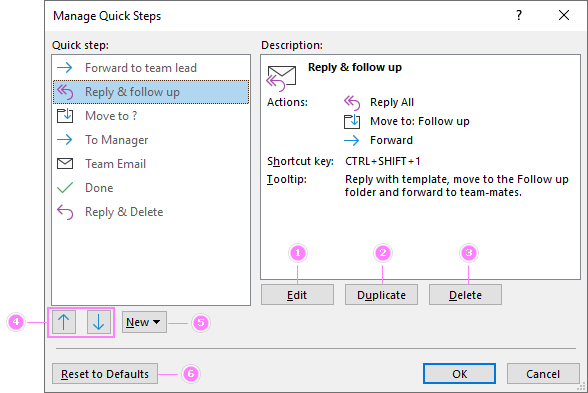
Email notifications can be a double-edged sword. While they keep you informed about new messages, too many notifications can become distracting and disrupt your workflow. In this step, we’ll help you optimize your email notifications to ensure you receive alerts only when necessary.
Customizing Notification Preferences
Most email clients allow you to customize your notification preferences. You can choose to receive notifications for all new emails, only for emails from specific senders or groups, or for emails containing certain keywords. This level of customization ensures that you are notified about the emails that matter most to you.
To access your notification settings, look for the "Notifications" or "Alerts" section in your email client's settings. Here, you can specify the conditions under which you want to receive notifications. You can also choose the type of notification, such as a sound, vibration, or banner, to suit your preferences.
Managing Email Frequency
If you find yourself overwhelmed by the constant stream of email notifications, consider adjusting the frequency of your email checks. Many email clients offer options to fetch new emails at specified intervals, such as every 5 minutes, 30 minutes, or even hourly. By increasing the fetch interval, you can reduce the number of notifications and create a more focused work environment.
Additionally, you can utilize email apps that offer focused inboxes or productivity features. These apps can help you prioritize important emails and provide a more organized view of your inbox, reducing the need for constant notifications.
| Step | Action |
|---|---|
| 1 | Access Email Settings |
| 2 | Customize Email Signature |
| 3 | Manage Email Filters and Rules |
| 4 | Enhance Security and Privacy |
| 5 | Optimize Email Notifications |
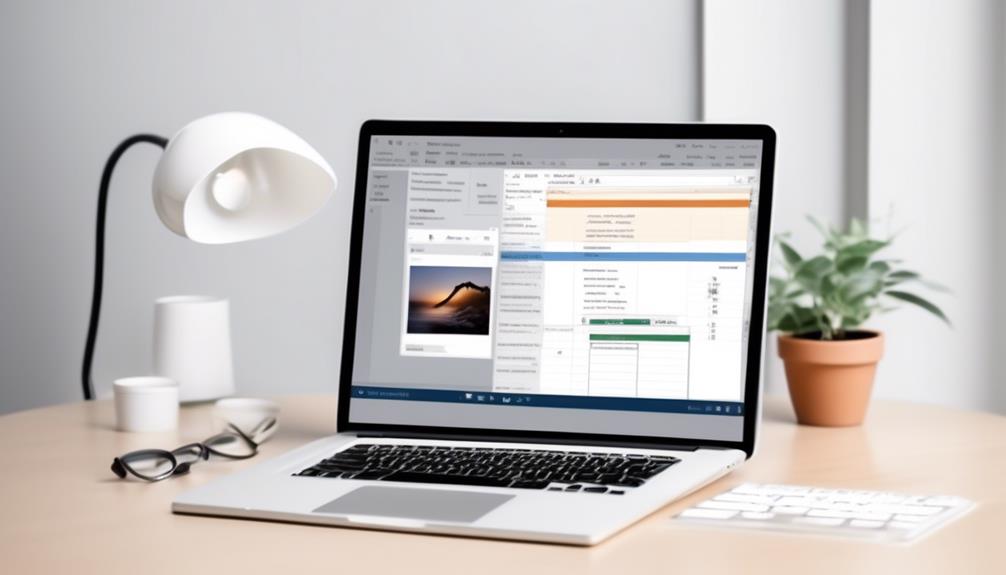
Can I access my email settings on my mobile device?
+
Yes, most email clients offer mobile apps that provide access to settings. You can usually find the settings menu by tapping the menu icon or your profile icon within the app.
How do I create a professional email signature?
+
Start by including your full name, job title, and company name. You can also add contact details and a brief tagline. Many email clients offer signature templates to assist you.
What are some best practices for email filters and rules?
+
Keep your filters and rules simple and organized. Regularly review and update them to ensure they are still relevant. Consider using labels and folders to categorize your emails effectively.



